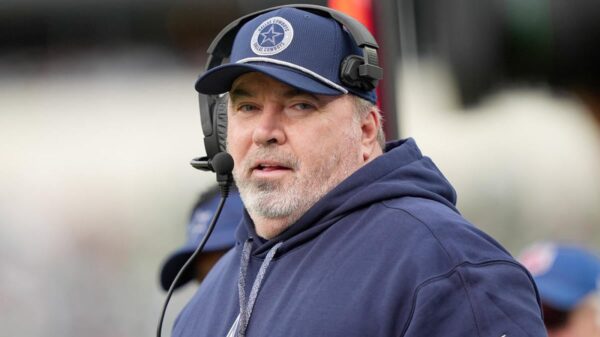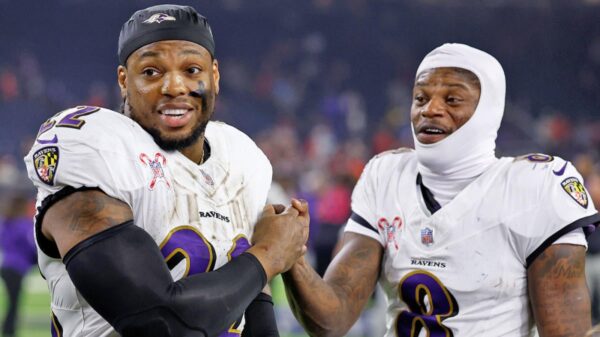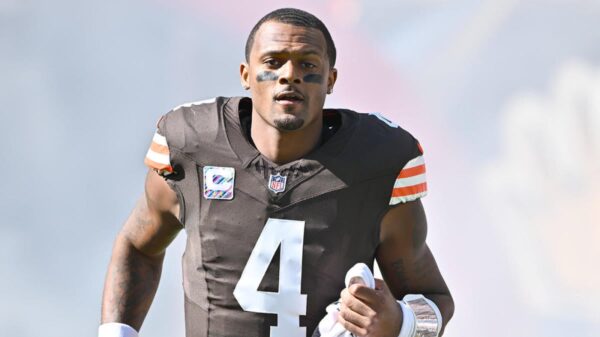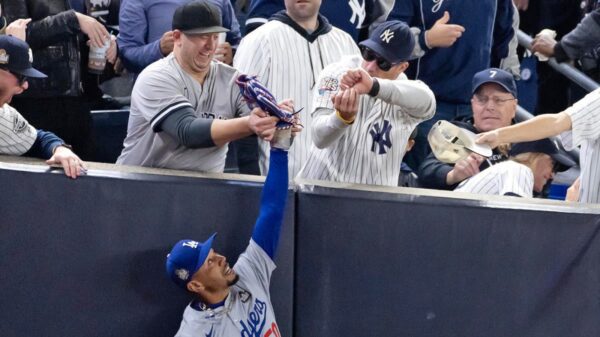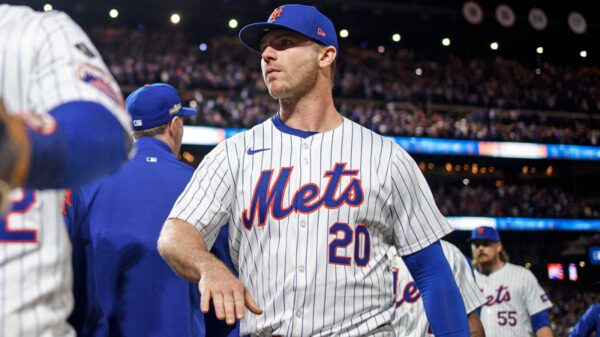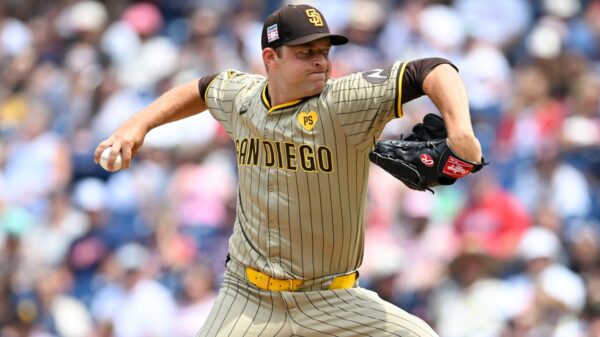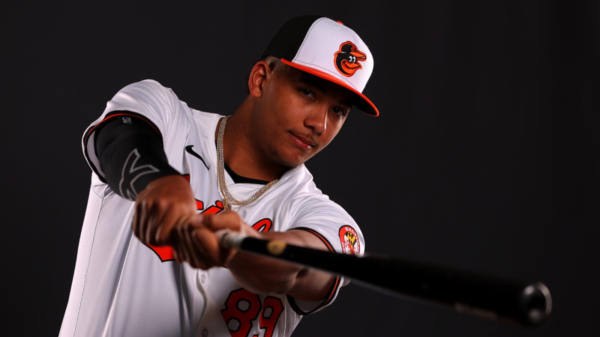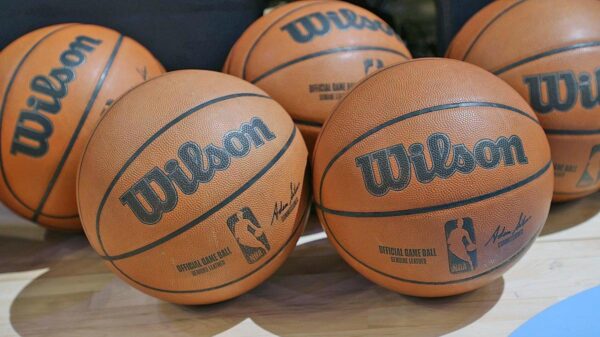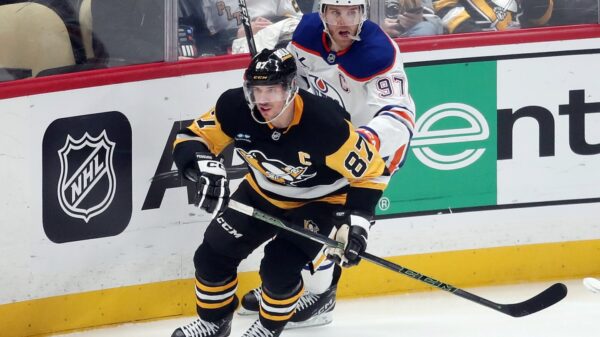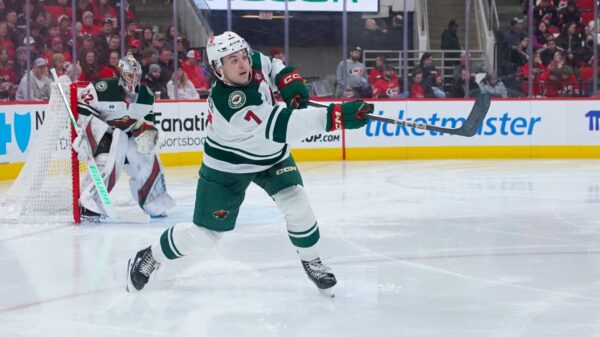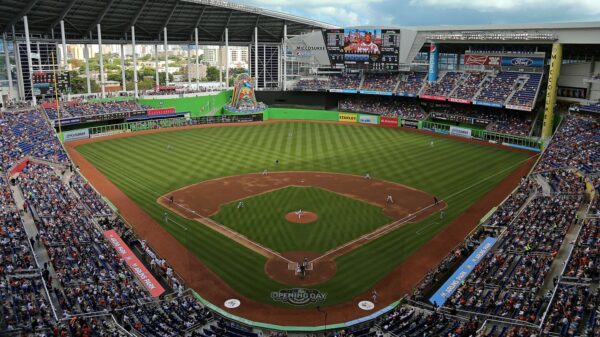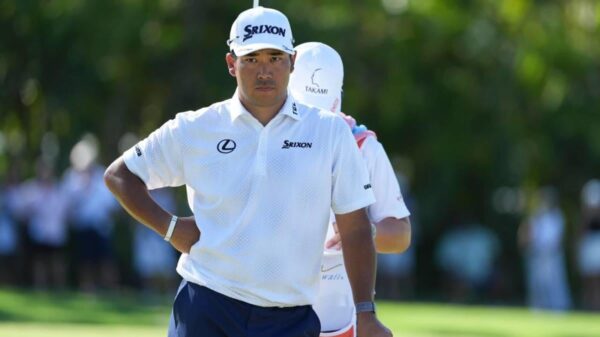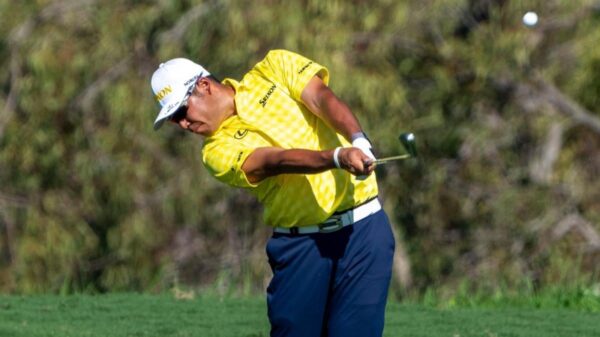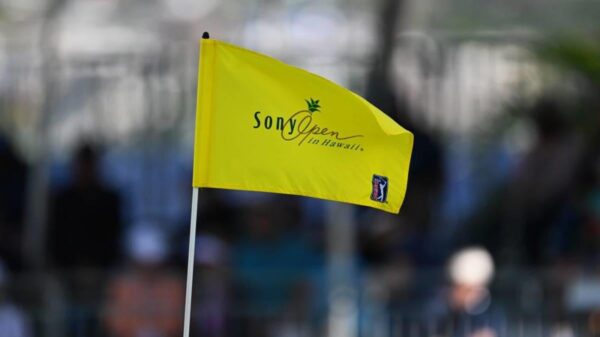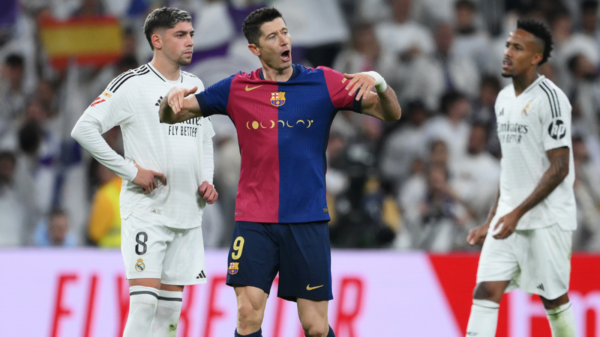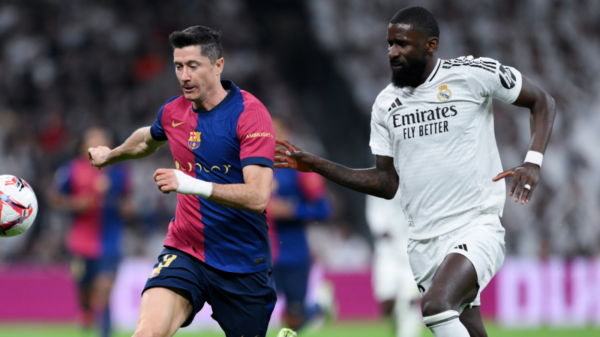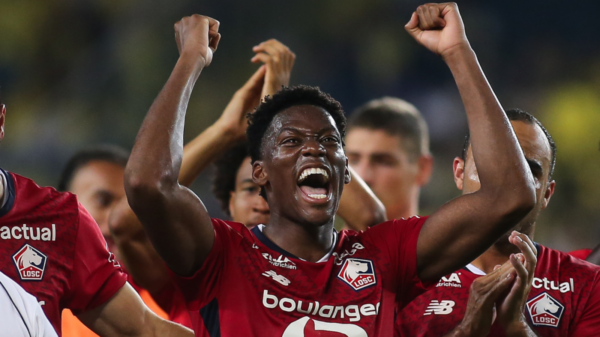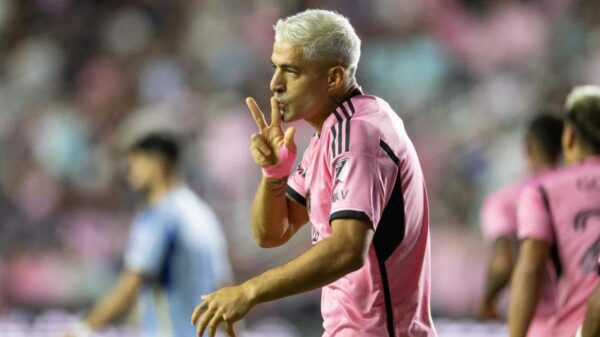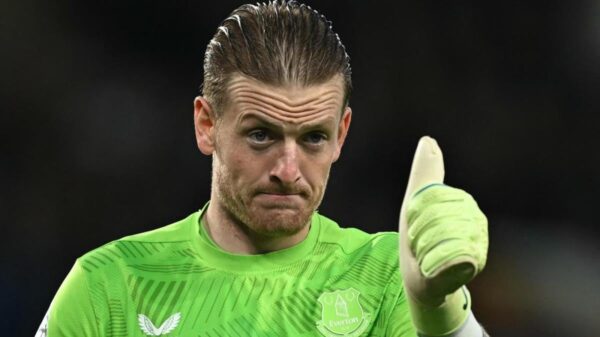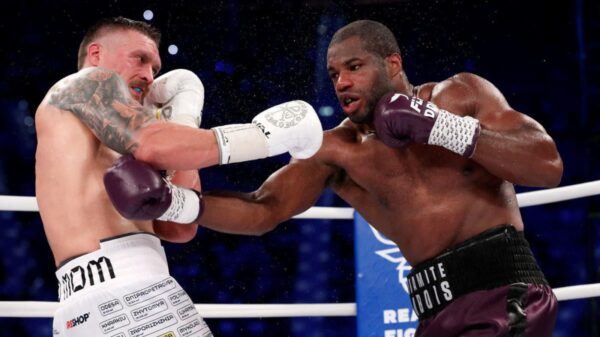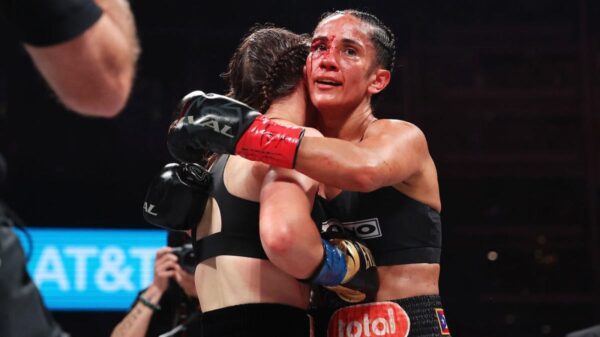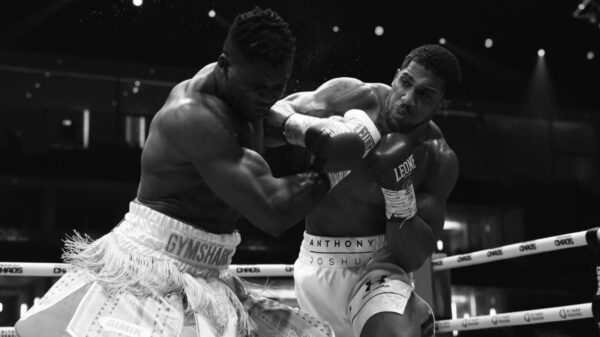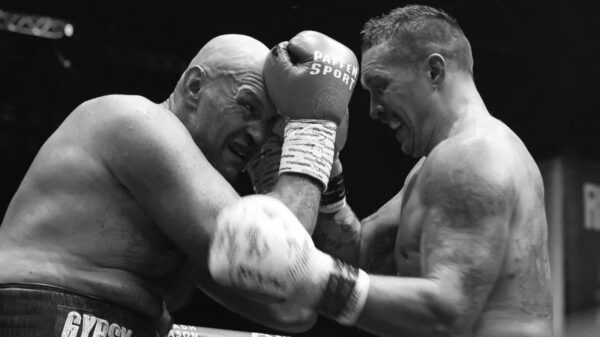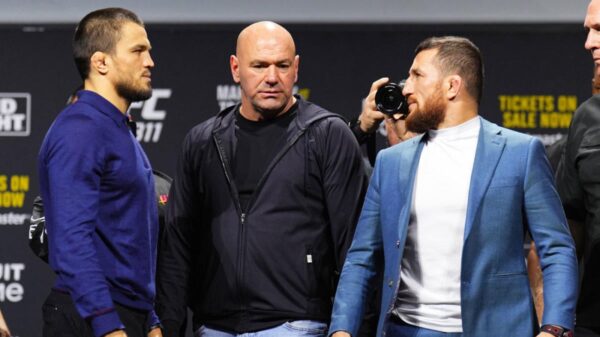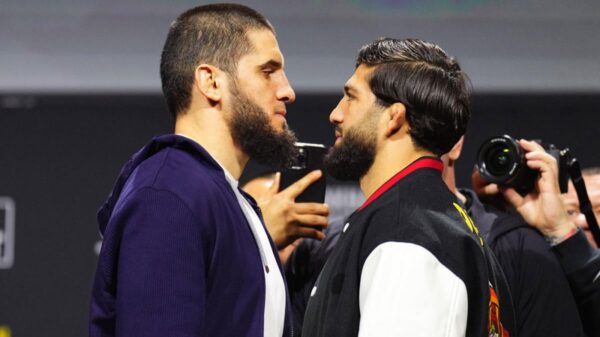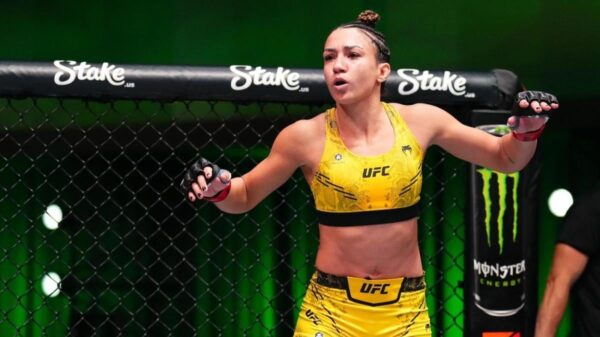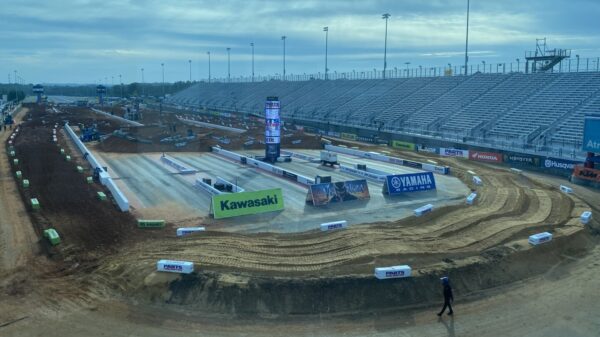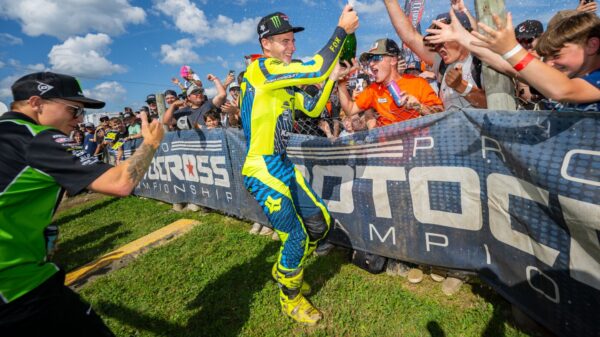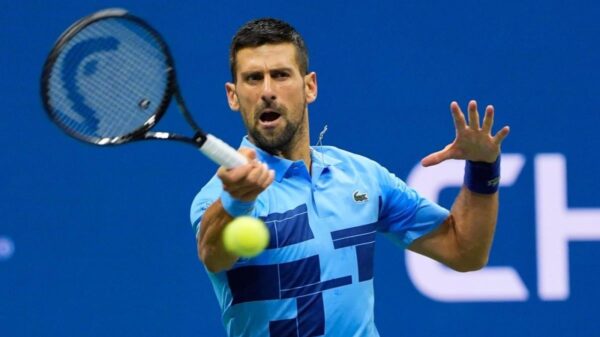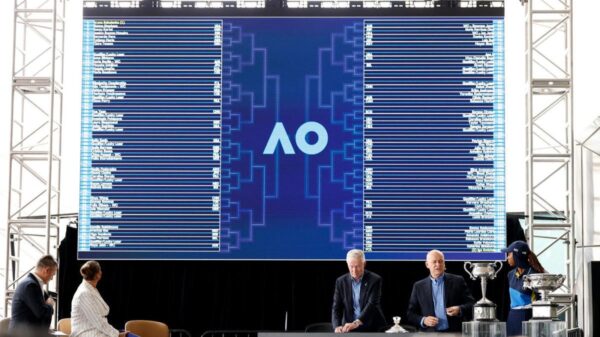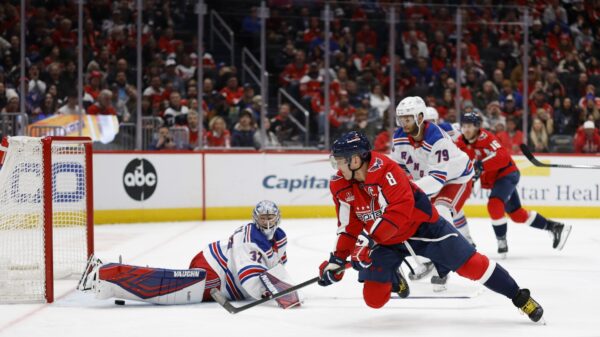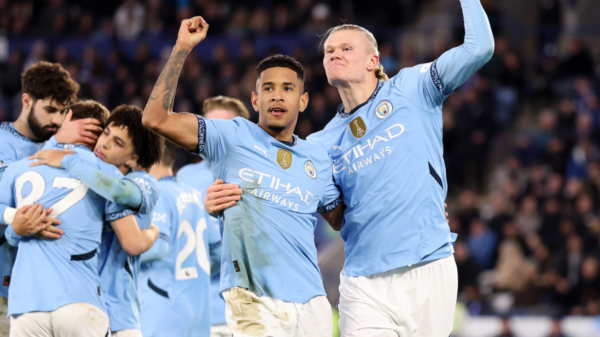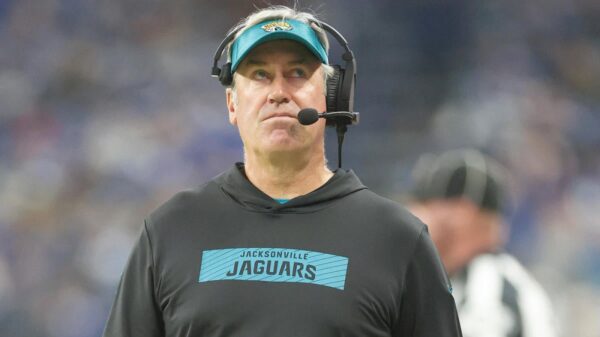Welcome to Snyder’s Soapbox! Here, I pontificate about matters related to Major League Baseball on a weekly basis (it might be slightly more irregular during the offseason). Some of the topics will be pressing matters, some might seem insignificant in the grand scheme of things, and most will be somewhere in between. The good thing about this website is that it’s free, and you are allowed to click away. If you stay, you’ll get smarter, though. That’s a money-back guarantee. Let’s get to it.
Given everything that happened afterward, it’s easy to forget now, but Yankees starter Gerrit Cole had a no-hitter going through four innings in Game 5 of the World Series.
At the time, I took a quick trip down memory lane to Game 4 of the 2022 World Series between the Phillies and Astros. The Phillies failed to record a hit, marking just the second time in World Series history that happened. Yes, it was technically a no-hitter, even though the Astros used four pitchers.
I’d like to stop the madness and stop referring to combined no-hitters as no-hitters. They aren’t real.
In this day and age with so many specialized relievers, not to mention how many stellar bullpen arms there are in baseball, we’re bound to keep seeing these combined no-hitters celebrated well past the point of oversaturation. Since the start of the 2021 season, there have been seven combined no-hitters.
Zero of them should count.
A no-hitter is an individual accomplishment. It is one pitcher going nine innings without allowing a single hit. There’s a reason it’s long been so celebrated and that’s because it’s an incredible feat to get through the lineup three-plus times without giving up a single hit. The true challenge comes late in the game.
The first time a pitcher saw a hitter in the 2024 season, the league batting average was .237. The second time around, it was .250. By the time a pitcher saw batters for a third time, the batting average was all the way up to .262. It’s easy to see why things get better for the hitter. Not only does the pitcher tire as the game goes along, but the hitter getting more looks at a pitcher’s stuff means he gets a better feel for it. Familiarity always benefits the hitter.
When a reliever enters the game, that advantage goes away, obviously, so it’s much easier to prevent hits. It would be like running the 1600 in track and getting to tap someone else in for the final lap. Of course the fresh person would crush the rest of the competition.
And yet, we’re supposed to pretend a no-hitter with three or four relievers is on level with a starter completing the nine innings on his own?
Get outta here.
The league had enough sense during the 2020 COVID season to make an official ruling on no-hitters that only lasted seven innings. Remember that? Doubleheaders were played and each game was only seven innings. MLB ruled that seven-inning no-hitters didn’t count. Why not? Well, because seven innings isn’t the same as nine, of course.
So why are we still pretending that a starter going five innings and 3-4 relievers piggybacking him counts?
It shouldn’t.
A no-hitter is a starting pitcher going nine innings without allowing a hit. Anything else just isn’t the same, isn’t a real one and shouldn’t count.
Read the full article here



